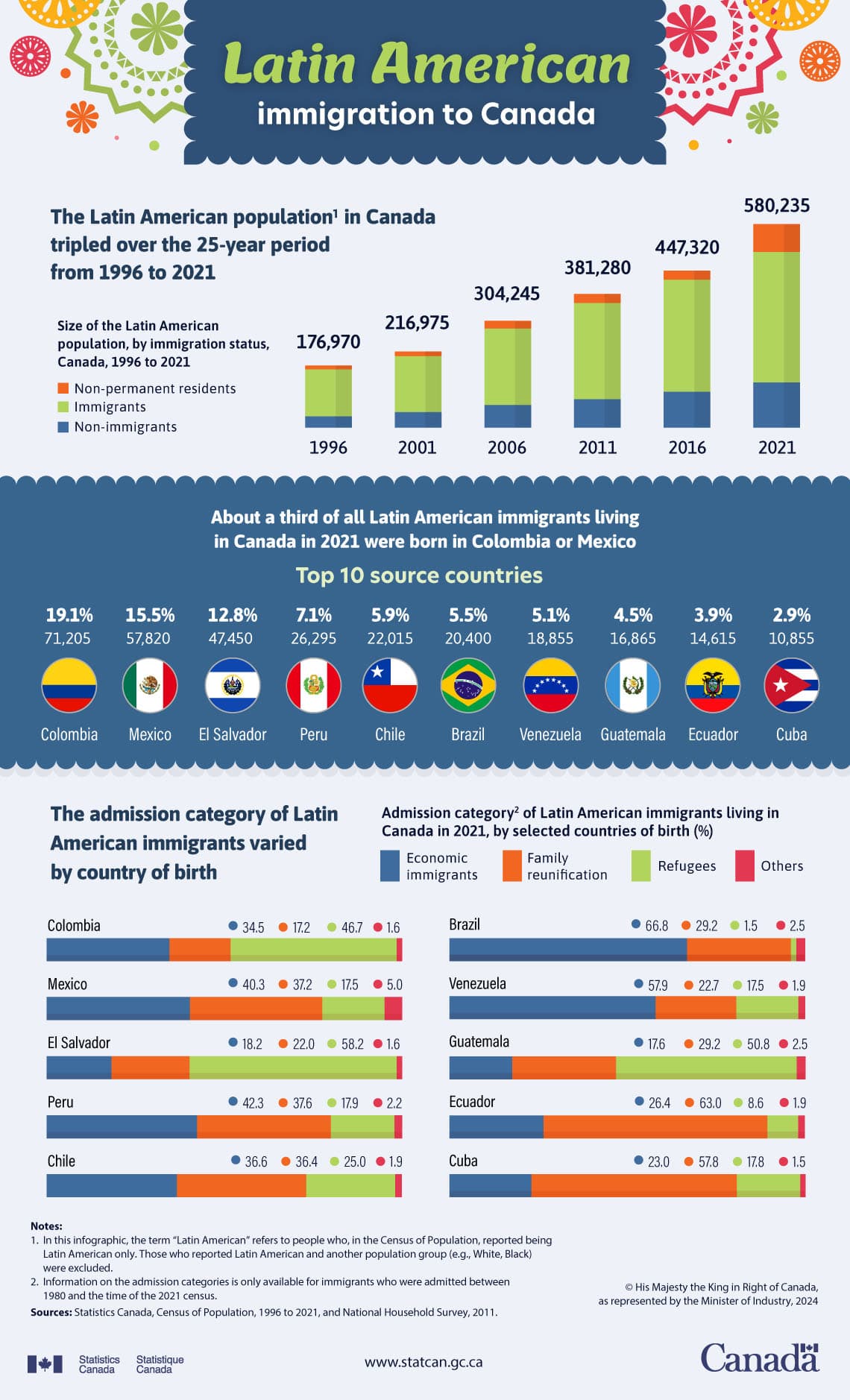Canada's Foreign-Born Population Highest in G7 Amidst Debate on Living Standards

Canada has the highest proportion of foreign-born individuals among G7 nations, a fact that has drawn commentary regarding its impact on the country's living standards. As of 2021, immigrants constituted 23.0% of Canada's population, surpassing all other G7 countries and marking the highest proportion since Confederation. This figure is projected to increase further, potentially reaching between 29.1% and 34.0% by 2041, according to Statistics Canada.
U.S. Senator J.D. Vance recently criticized Canada's immigration approach, stating in a tweet, "While I'm sure the causes are complicated, no nation has leaned more into 'diversity is our strength, we don't need a melting pot we have a salad bowl' immigration insanity than Canada." He further linked this policy to a perceived stagnation in Canadian living standards. This perspective highlights a growing debate surrounding the economic and social implications of Canada's high immigration rates.
Recent data from Statistics Canada indicates that while immigrant-owned firms, particularly those with majority immigrant ownership, may show lower productivity compared to Canadian-born owned firms, they tend to contribute more in net taxes per employee. Firms with minority immigrant ownership, however, show productivity levels comparable to Canadian-born owned firms. The productivity of immigrant-owned businesses is positively correlated with the owners' education, language proficiency, and prior business experience.
Canada's rapid population growth, largely driven by immigration, has outpaced other G7 countries. Statistics Canada reported that four out of five of the 1.8 million people added to the population between 2016 and 2021 were either temporary residents or immigrants with permanent status. This demographic shift is seen as crucial for mitigating the impacts of an aging population and addressing labor shortages, with immigrants accounting for four-fifths of labor force growth from 2016 to 2021.
Despite these contributions, concerns about housing affordability and infrastructure strain have been raised in conjunction with high immigration levels. The Bank of Canada noted in 2023 that while increased immigration boosts labor supply and demand, it also exacerbates housing shortages and could contribute to inflationary pressures. The federal government has acknowledged these challenges, with Immigration Minister Marc Miller stating that the country needs to "get its house in order" regarding infrastructure to support its growing population.